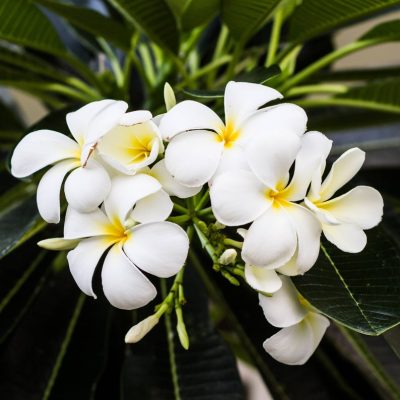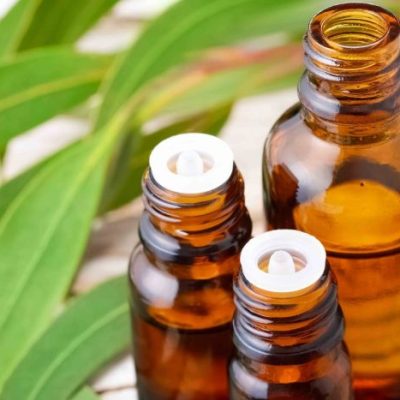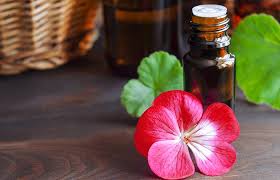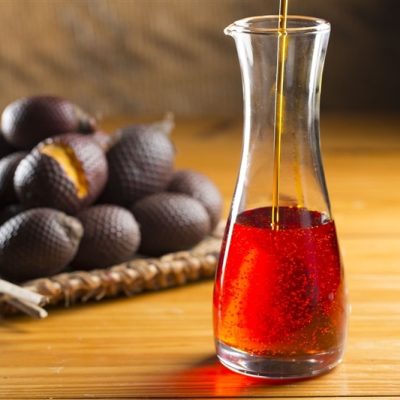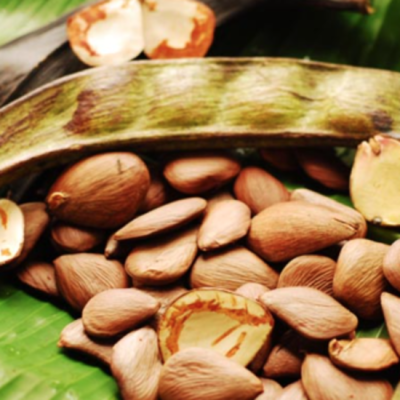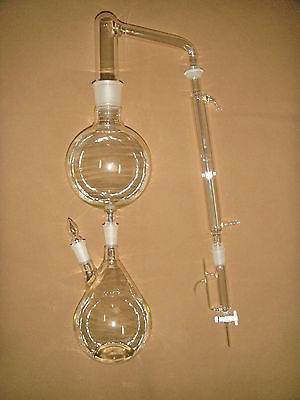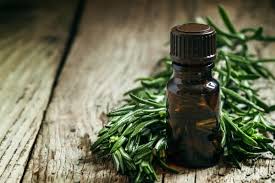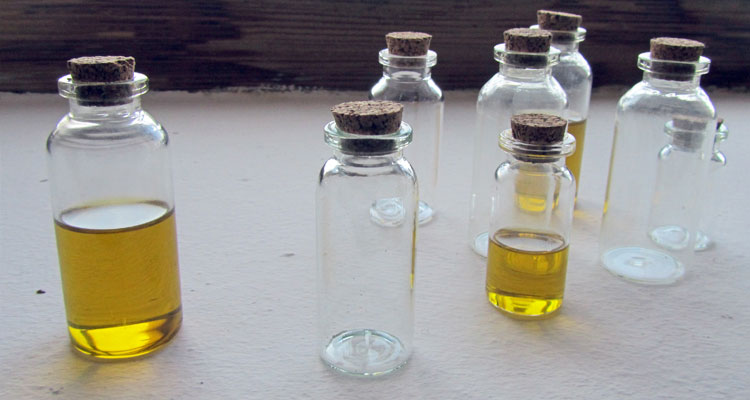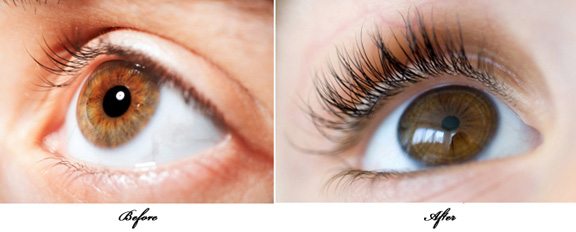Opoponax Essential Oil

Opoponax essential oil is organic and commonly known as “sweet myrrh”, like the name suggests, it is used for various purposes. The species of the plant (Opoponax chromium and Opoponax hispidus Griseb) from where it is extracted comes from different native East African countries and just to name a few, Ethiopia, Somalia, and Kenya. It is manufactured by extraction from the resin of the plant Opoponax by steam distillation. Below is the product profile that will help us understand more.
Product Description
Opoponax oil is light and sweet in nature an aroma of Myrrh oil tends to be sweeter and intense. The oil is however pleasing and scented.
Opoponax Essential oil is resourceful and can be blended with oils that come from different families from herbaceous, resin, floral and even the citrus to bring about a variety of aromatic oils.
It can also be used to help fix and prolong the pleasing smell of the fragrance or even the combination. It is also can help regulate and balance out the sentiment. Sometimes it is used to give scent to incense, meaning that it can also be used for spiritual purposes.
Major constituents of Opoponax Essential Oil
a-Santalene, E-B-Ociemene., Z-a-Bisabolene, a-Bergamotene, E-B-Bergamotene, Decanol, germacrene D.
Physical features
Opoponax essential oil is clear pale yellow in color with a thin to medium consistency. It has a moderate perfume note.
General Chemical features
Blends with the different oils to achieve a desired sentiment or to improve flavor and fragrance. Can blend with Neroli, Bergamot, Citrus oil, Frankincense oil, Lavender oil, Patchouli oil, Sandalwood oil and many more others.
Aromatherapy General use for Opoponax Essential Oil
Opoponax is used for several purposes. It is used as an antiseptic; curbing coughs, anti-inflammatory, antispasmodic, as an antibacterial, and also reduces anxiety. It is generally used as bathing oil, a shower gel, used on spa, soap making sun creams, bath salt, as perfume, and oil diffusers.
Safety information
Resins can be difficult to eliminate and can also cause minor injuries to the kidney when ingested over a period of time. Opoponax can also be dangerous when used in high doses hence should be taken under a physician prescription.
Pregnant women should not use Opoponax. Opoponax also undergoes photosynthesis thus becomes toxic. All actions taken with the oil should be taken cautiously to avoid exposure to ultraviolet light whatsoever after its application. Avoid contact with eyes and do not use undiluted on skin or on a damaged or sensitive skin. Lastly, it is safe when a qualified aromatherapist is consulted before using oils with children.
How to use Opoponax Essential Oil
Perfumer and massage usage: It is a fine component to perfumes, it has an intense and scent that remains for long when used because of its oil based feature. It is therefore advised to be used in small quantities when blending. Several drops should be added and a cold compress applied to tranquilize a specific body area. When blended with coconut oil and massaged into joints and muscles with pain, it gives a relieving effect.
Other uses of Opoponax essential oil
Its primary use is in topical application. Opoponax can be applied topically, directly inhaled, and diffused, you could always add few drops to your favorite skin care cream to improve its effect and luster to the skin.
In the propagator: When used for inhalation as a therapy, Opoponax is applied for cleansing purposes, to cleanse and strengthen both sentimental systems and physical systems. It is specifically used for breathing channels in diffusion. It creates a sweet environment, scented myrrh can also be used to rebuild the essence of early rituals.
Primary processing of Essential oils
Resin is usually obtained by making deep cuttings into the bark of the tree. Whet it is left in open air, the white liquid that comes from the cuts made forms some hard droplets which can be easily collected. The liquid droplets are occasionally produced when the bark is accidentally injured or spill that naturally occur in the branches or stem of the tree.
Tapping Process
The details of tapping between the time of the year and individual tappings vary according to the species and traditional customs around the production area. In Somalia, the two species B.sacra is tapped, each harvest lasting between 3 to 4 months. Successive tappings estimated to be of 15 days intervals follows and B.fereana with a period of 8 to 9 months becomes next. This is the species with a longer tapping period and is usually with different intervals of harvesting time. In both cases, timing of harvesting periods depends on the start and extent of rains.
The tapping process involves the removal of bark from a tree. Using a specially designed tool, small cuttings are made on the back of a tree. New tapping is made on the same spot where an old tapping was made after the old hardened resin has been removed.
Note-Sweet myrrh oil can be used as a food ingredient; the resin can also be used to purify public places.
Opoponax application and Recipes
Inhaler
Add Opoponax to a personal inhaler and use it as required: Add 5 to 6 drops of the following, Opoponax, Tea tree and Peppermint and diffuse for 30 minutes to one hour.
Digest
Add to a personal inhaler and use it as required: 5 drops of Opoponax, scented Orange, Ginger, or add the drops to your ball diffuser and diffuse it for 30 minutes to one hour time. Another option could be adding the 4 Opoponax drops to a 2 ounce squeeze bottle, 8 drops of Peppermint, 3 drops of Ginger, 9 drops of Orange sweet, and lastly 4 tablespoons of tasty Almond oil. Shake the mixture well and your concoction is ready for message purposes. Dilute like 2% of the mixture before use.
Bath salts
Mix: 1 drop of Opoponax, 1 drop of Carterii, 1 drop of Peppermint, and two drops of Serrata with 1 tablespoon of Jojoba oil plus half a cup of Epsom salts. Use it to bath and relax for 20 to 30 minutes.
Closet Spray
Find a 12 ounce spray bottle and add, 55 drops of Opoponax, 45 drops of Atlas and 40 drops of Frankincense, add 4 Oz alcohol to fill mixed with 4 Oz of distilled water. Shake well to mix and use. Use it as a sanitizer as needed to relieve foul smell and discourage pests too.
Relax
Add to your personal inhaler and inhale as required: add five drops of each of the following, Opoponax, Mandarin, Ylang Ylang. Alternatively add 5-6 drops of Opoponax to your car fumigator and fumigate for 30 to 60 minutes.
Opoponax Essential shelf life
Pure essential oil does not go stale, but over time, essential oil can oxidize, degenerate gradually, loose value and its aromatic quality.
The lifetime of Essential oil can potentially vary from one botanical to another. From one distillation to another, and from one supplier to another. Factors that can affect the oil’s shelf life include: The natural chemical composition content in the oil, the distillation method, conditions used for distillation, botanical quality used, bottling care, storage and handling of the oil by your supplier.
Use a Trusted Supplier
Due to the factors that affect Essential oil shelf life like botanical harvesting, distillation and handling by the supplier, it is advised to shop from a trusted supplier. Some suppliers keep their customers trust by sharing their products date of manufacture.
Some suppliers are cautious and thus able to keep their supplies in favorable conditions to prolong their product lifespan. For example, some keep their products sealed, some keep under blanketed nitrogen, some refrigerate while some store in a cool room to prevent oil from oxidation. Oil that was distilled like a year ago and kept under good conditions will maintain its therapeutic qualities than an oil that was recently produced and kept under harsh conditions or mishandled.
How long does Opoponax essential oil last?
Oils that contain monoterpenes tend to have a shorter shelf life since they easily oxidize. If Opoponax is blended with more that 90% of monoterpenes, it tends to reduce its span. These oils generally last for about 1 to 2 years.
Oils that last for about 2-3 years contain higher percentage of aldehydes, oxides, monoterpenes, esters and ketones.
Oils that contain high percentages of sesquiterpenols have longest shelf life although the aromatic quality of these oils improves with time. These kind oils last about 4 to 8 years.
Maximizing Opoponax shelf life
Essential oil shelf life can be maximized by storing them in dark glass bottles with tight caps, refrigerating them and keeping them away from direct ultraviolet rays in a cool and dry location. If you use oils from a large bottle, it is always advised to rebottle into a smaller bottle. This will help reduce the free space in the bottle hence minimizing the amount of oxygen in the bottle.
Guidelines implemented telling if Opoponax oil value has deteriorated
Its fragrance changes drastically, it gets thick and Opoponax becomes cloudy, the oil has probably started losing its quality.
World supply and trends in demand of Opoponax
The Market
It is hard to quantify the world demand trends for Opoponax resins accurately. The major producing countries in East Africa do not always avail the official statistics for this product. There are also aspects like smuggling and other unofficial trading going on unnoticed on the borders of producing countries. Exportation of “incense gum” and “myrrh” from Somalia between the periods of 1975 to 1979 will be shown below. Exports of these gums from this country for the year 1981 to 1983 with their destinations are explained below.
What the Results Say
Results show that in the Middle East, Republic of China have been major consumers of these products over a long period. Germany has shown specific amounts of these products import. Individual markets have shown less demand in the market though and when compared, today the demand is less than what was being consumed in the late 1970 and early 1980.
General View of World Trade in Opoponax and Myrrh
The Chinese people are the largest consumers for these two resins, they mainly use it in traditional medicines.
In Europe and South America, huge amounts of Eritrean Oilbanum are used by Catholic Churches and Orthodox Churches as an additive in incense. About 500 tons were consumed in these places. Same quantities are consumed in North America for chewing purposes.
The ‘maidi’ type is largely consumed in The Middle East countries. Maidi originates from Somalia, and here it is used for burning at home, though its consumption is reported to be declining in favor of fragrance materials like Sandalwood.
Sources of Supply
The main producers of myrrh and Opoponax and all their export estimates are shown in the table below.
Ethiopia and Somalia are known to be the largest producers of these two commodities. Somalia transports about 1.5 tonnes of the resins. This constitutes to the world largest amount portion out the total being produced, although some of it originates from the neighboring countries like Kenya and Ethiopia.
Sudan and Ethiopia also produce Olibanum that is widely traded but currently the production has declined due to drought in the region. In India, it is domestically used for incense sticks though the botanical source has been ignored in this country.
Prices and Quality
The resins are selected and graded according to color, size before being exported. In Somalia, there are many grades of Maidi. The one grade known for chewing is highly valued than the smaller, dull colored, powder and siftings.
Myrrh Oil has only two classifications, clean and unclean. It is therefore more exposed to quality of variation than Olibanum. There are no international quality levels for distilled oils. Quality is always judged by fragrance according to the expected buyer. In around 1994, the Somalian grade 1 used for perfumery reasons was priced at $6 per kilogram, and the Eritrean-type used for incense reasons was priced at $3 per kilogram. Pure Somali myrrh was at $5 per kilogram and Natural Opoponax at $3.5 per kilogram.
Sources of Opoponax
Common Names
| Olibanum | |
| Boswellia Sacra | Somali: Mohor( a tree) beyo(a resin) |
| B.serrata Roxb. | Indian Oil |
| Myrrh | |
| Commiphora myrrha | Somali-dindin(tree) molmol(resin) |
| Mukul | False myrrh |
| Opoponax | |
| Commiphora erithraea | Somali-hagar |
The vegetative origin and names of these incense resins has been a subject that is unknown over years. The Middle East Olibanum has always been said to be to come from three species namely; B.carteri, B.sacra and B.fereana.
Commiphora is the source of myrrh and Opoponax. The real myrrh is produced by C.myrrha. The name Opoponax originated from its original source, Opoponax chironium, but nowadays its production is basically from Commiphora species. Its principle source is from C.erithrea and Kataf complex and its resins are collected from C.holtziana and C.guidottii.
Impacts of Resins on Natural Resource
The wild Boswellia from Somalia belong to some extended families living in resin production area. It is hard to protect the tree species sometimes. In most cases when drought strikes, it is impossible to prevent animal razing and nomads who depend on their branches for food given to cows. These are some of the effects that cause regeneration problems and slow growth. More accessible trees suffer during harvesting of resins. With no periods of rest, puts the trees in further stress. Extreme drought directly affects the trees too.
There are no rights of ownership on these species, Commiphora which are mostly exploited by the nomads who highly depend on them than the species, Boswellia.
Value adding process during production
Crude resins produce oils by steam or distillation process and afterwards used in scenting and flavoring. Apart from producing Essential oil, all the resins can be extracted with organic solvents to purvey either an “absolute” or a “resinoid”. Resinoid is produced by extraction of impure resin with a hydrocarbon solvent. The solvent is then evaporated to produce a viscous mass that is dark in color with a plastic like elasticity.
The yield now contains all the necessary oil from the crude material resinoid produced from previously distilled resins is usually sub-standard. An absolute should be strictly produced by alcohol extraction of the resinoid. For olibanum, myrrh, absolutes are prepared by directly extracting resin with alcohol. They can be extracted hot or cold to give the products an olfactory feature.
Scale of Production and Available Market
The greatest need for Opoponax essential oil is staying updated on its scale of production and available market for the Opoponax resins and its value added products. When one stays without this kind of knowledge, it becomes hard to tell how much extent there is for increased production, the type of resin and grade in demand, the quality that customers prefer most, and limits in the quality of current deals and so forth.
There is a need to conduct surveys in some chosen areas to try and review the size and productivity of the resource, the much Opoponax that is likely to be consumed or underused, and lastly the health state of trees.
